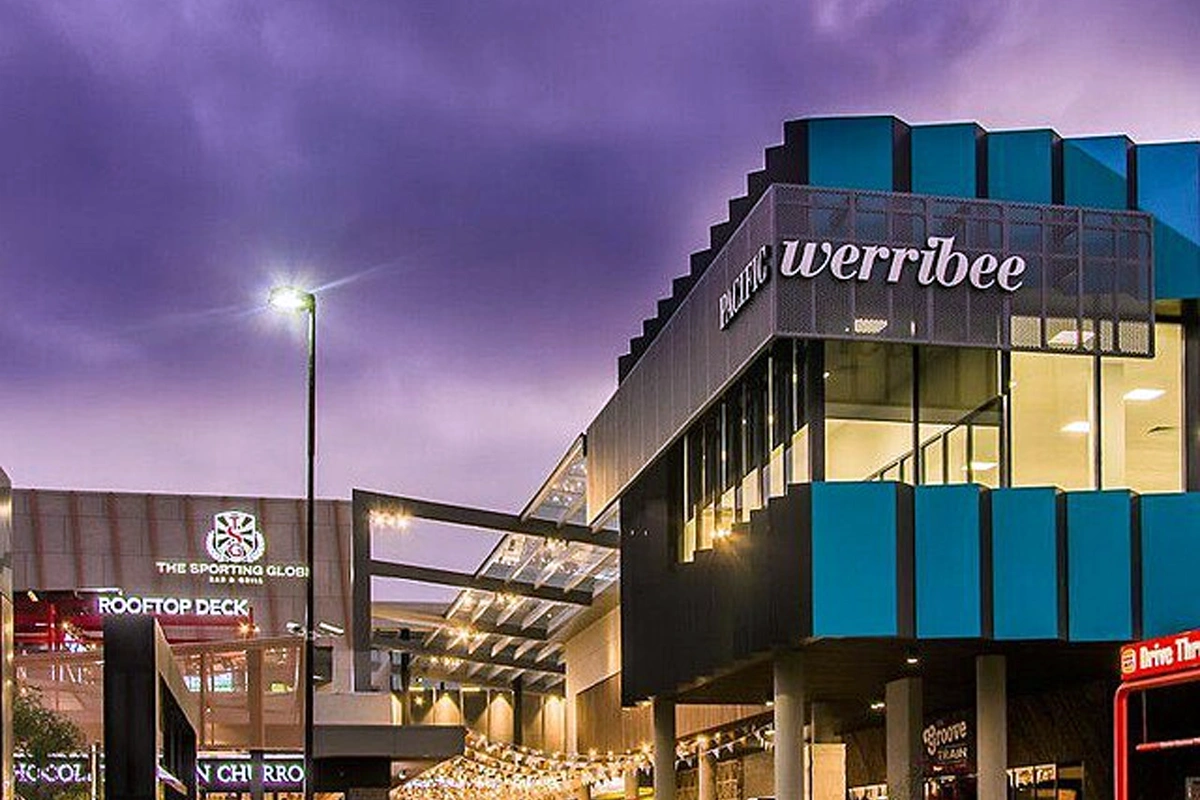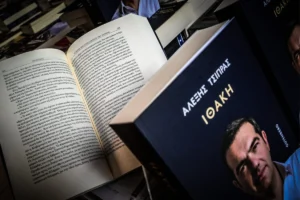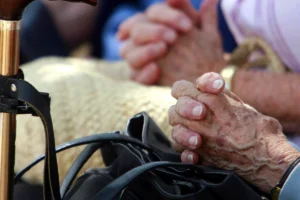The dramatic collapse of Labor’s vote in its traditional strongholds, highlighted by the Werribee by-election, should be a major wake-up call for the Victorian ALP. Premier Jacinta Allan has publicly acknowledged the party’s poor performance, but the crucial question remains: can Labor recover
Nearly one in five voters shifted away from the ALP in this by-election, signaling a deep erosion of support. If this trend continues, it could spell disaster for Labor in the 2026 state election, potentially knocking it off the treasury benches entirely. While the outlook is bleak for Labor, this outcome presents an unexpected opportunity for the Liberal Party to capitalize on the shift in voter sentiment.
Historically, Labor had a firm grip on Melbourne’s western and northern suburbs, where working-class families have been the party’s loyal base. However, the Werribee by-election revealed growing discontent in these areas. Voters expressed frustration with Labor’s focus on grand infrastructure projects like the Suburban Rail Loop (SRL) while pressing local concerns—such as cost of living, safety, and crime—were sidelined. The surge in support for the Liberals, even in a region traditionally loyal to Labor, shows that voters are searching for alternatives that better reflect their immediate needs.
At the same time, the Liberal Party’s victory in the Prahran by-election, where they successfully unseated the Greens, signals that the party’s appeal is expanding. Under Brad Battin’s leadership, the Liberals have managed to make significant inroads into areas that were previously dominated by both Labor and the Greens. This victory highlights that voters are increasingly turning to the Liberals as a viable alternative, eager for a change in direction. By focusing on local concerns and offering pragmatic solutions, the Liberal Party has shown that it can engage meaningfully with voters on the issues that matter most.
While Labor remains steadfast in its support for the costly SRL, the Liberals are focusing on issues that resonate with families today—such as safety, affordability, and practical transport solutions. The push to fast-track the Airport Rail link, for instance, offers a direct benefit to working-class voters, especially when compared to the distant promises of the SRL project.
The results in Werribee and Prahran are clear indicators that the political landscape in Victoria is shifting. The Liberal Party, by staying grounded in local concerns, is positioning itself as the party of practical solutions. For Labor, this is a pivotal moment to reflect and realign with the issues that matter most to its core supporters. If the ALP fails to adapt, it risks losing further ground. Meanwhile, the Liberal Party has emerged stronger and more prepared to challenge Labor in 2026, presenting a clear, viable alternative for voters who are hungry for change.












